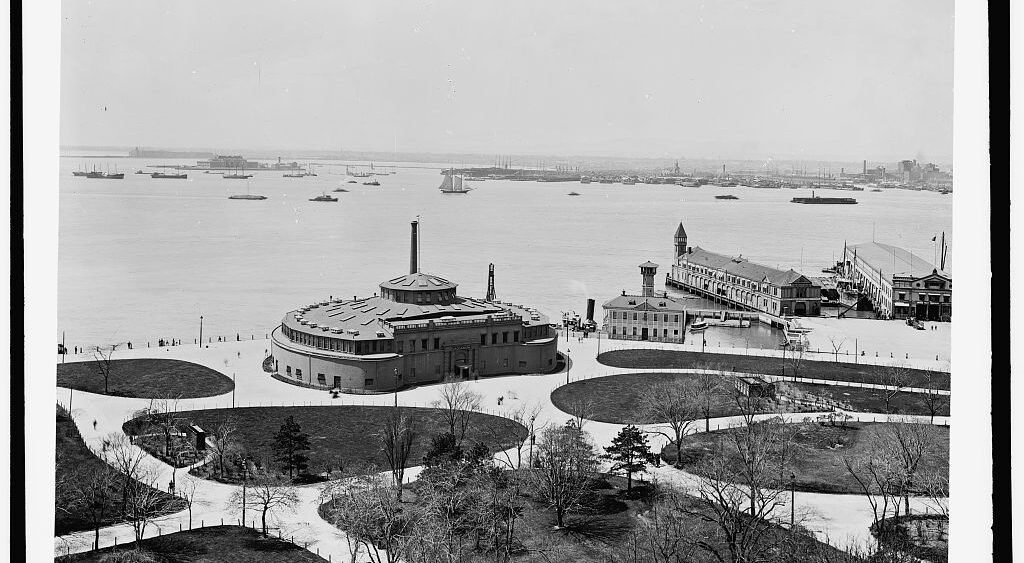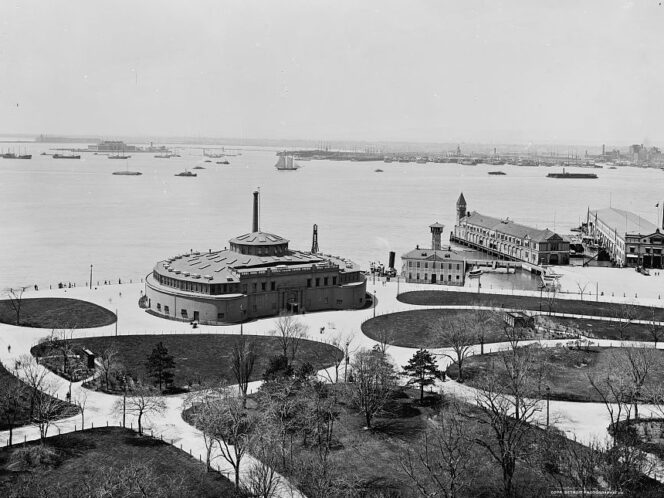
In the Valdemar Questionnaire, we give voice to translators who reflect on their work and role as intermediaries between languages and cultures. In this instalment of our series, Valdemar takes on Sean Gasper Bye, a translator of Polish and the author of the featured translation from the book Ellis Island: A People’s History by Małgorzata Szejnert.
You can read Sean’s translation of the excerpt from Małgorzata Szejnert’s “Ellis Island: A People’s History” here.
How did you come to translate Małgorzata Szejnert’s Ellis Island: A People’s History – a book about the mass immigration to America from Eastern Europe in the early 20th century?
I’ve worked on Szejnert’s books in small ways for a number of years – I love Polish literary journalism and think she’s one of the most beautiful writers in this genre. I thought it was remarkable she’d never had a book translated into English and thus began working with her publisher and agent. Ellis Island seemed a natural place to start for American readers, since Ellis is an iconic place for Americans.
It’s unclear whether any of my ancestors went through the Island, but my mother’s family had








